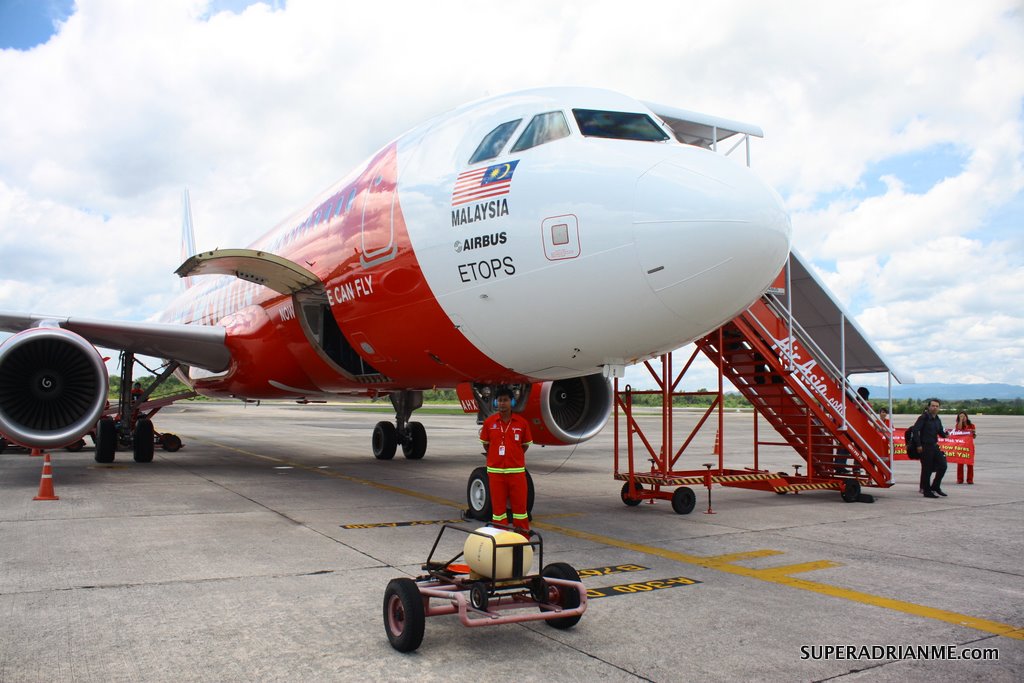
24 February, 2011, Sepang, Malaysia (Press Release) – AirAsia Berhad (“AirAsia” or “the Company”) recorded a milestone billion-ringgit profit after tax in 2010, in what Group CEO Tony Fernandes hailed as a “phenomenal achievement.”
2010 By the Numbers:
- Profit After Tax: RM 1.07 Billion (up 111 % y-o-y)
- Core Operating Profit : RM 828 Million (up 83% y-o-y)
- Cash Balance: RM 1.5 Billion
- Ancillary Income per pax: RM 41 (up 39% y-o-y)
- Net Gearing Ratio: 1.75 (down from 2.57 y-o-y)
Q4 2010 By the Numbers
- Profit After Tax for Malaysia AirAsia (“MAA”): RM 317 million (up 835% y-o-y)
- Load Factor: 82% (up 3 ppt y-o-y)
- Profit After Tax: Thai AirAsia (“TAA”): THB 1,644 million (up 364% y-o-y)
- Profit After Tax: Indonesia AirAsia (“IAA”)” IDR 166,934 million (up 214% y-o-y)
Click to view the Fourth Quarter (Oct – Dec) 2010 Analyst Presentation
“What year we’ve had. Not only did we achieve record profits, but also breached the billion-ringgit mark in net profit (RM 1.07 billion). With strong cash balances of RM1.50 billion, our gearing levels decreased to 1.75 times as compared to 2.57 times a year ago. The Company is in the best position, financially, that it has ever been in – providing a strong foundation for further expansion and growth in 2011,” Fernandes added.
The scorching year-round performance was boosted by a fourth-quarter showing that set several new records for AirAsia: Revenue of RM 1.19 billion; Profit After Tax of RM 316.55 million; load factor of 82% (up from 79% y-o-y); Revenue/ASK up 21% (y-o-y) for MAA, up 12% for TAA and 22% for IAA; and average fare up 7% for MAA, 6% for TAA and 16% for IAA all in their own respective currencies. Despite rise in fuel cost, EBITDAR margins for MAA rose to 6 ppt y-o-y to 49.3%.
Fernandes emphasised the increased contribution from ancillary income to the Company’s bottom line, matching the Company’s passenger growth. “Ancillary has been a tremendous revenue stream for us. It’s up in all three of our operations: MAA at RM 49 per pax (up 99% from RM 25 y-o-y); TAA, at THB 369 per pax ( up 109% from THB 176 y-o-y); IAA at IDR 155,089 per pax (up 108% from IDR 74,495).”
He said that the growth in ancillary income, in pace with the rising passenger loads, was a strong affirmation of the Company’s strategy of looking beyond just air fares to strengthen revenues. “There’s still a lot of potential in Ancillary and we’re constantly looking to increase the numbers,” he said.
Fernandes also highlighted the fourth-quarter performances of TAA and IAA. On TAA, Fernandes said TAA generated revenue of THB3,744 million, recording 29% growth year-on-year; Profit After Tax was also up by 364% y-o-y. Ancillary income per passenger spent in Thailand increased by 109%. By end 2010, TAA had a 19 all-Airbus A320 fleet and with an addition of 4 aircraft in 2011.
As for IAA, the affiliate posted a steady 38% rise in revenue of IDR 795,750 million, with ancillary revenue growing a phenomenal 108%. Load factor was at 78% (up from 74% y-o-y). This was translated with its Profit After Tax rising 214% IDR 166,634 million. Although the fourth quarter traditionally is a “quiet” quarter as compared to the 2nd and 3rd quarters, IAA was still able to raise average fares — translating into a higher RASK growth of 22% y-o-y. IAA ended 2010 with 18 aircraft in operation.
Fernandes said the performance by the two affiliates boded well for their potential listing in 2011 on the Bangkok and Jakarta stock exchanges (TAA and IAA respectively). “The results speak for themselves. They confirm that we are on the right track in terms of our strategy in both Thailand and Indonesia,” he said.
Outlook
On the outlook for 2011, Fernandes said the challenge would be to build on, and exceed, the 2010 performance for the Company. “I am confident we can hold our own. With our plans to further expand our route network and key routes supported with the delivery of 8 brand new Airbus A320 and the opening of three hubs in Kuching, Chiang Mai and Medan, we can position ourselves to emphasize on increasing load factor and yields,” he said.
“We have also recently announced our fleet delivery plans for 2012 whereby the group will take delivery of 14 aircraft from the proposed 24 as we adapt to changing circumstances. We have our vision of what we want to do, but we are also nimble enough to change as needed. That’s always been one of our strong suits. It’s what gives us the confidence that we can meet any and all challenges,” he said.
Fernandes said the focus internally would be on containing – or even reducing – costs. “That’s the key. We’re already the world’s lowest-cost airline operator, and we intend to keep it that way. Our 8,000-strong passionate and creative staff have contributed enormously towards achieving this goal – and they are diligently working to ensure we continue in the same fashion,” he said.
The year will also see the potential listing of TAA and IAA. “We’re well on track in both Bangkok and Jakarta towards the listing of our affiliates. It’s an exciting prospect, and the performance of the two affiliates in 2010 should whet the appetites of investors,” he said.
Fernandes also pointed out that another exciting development in store for 2011 was the launching of operations in the Philippines. “AirAsia Philippines should launch its inaugural flights in the second half of the year. We believe there is enormous potential in the Philippines, especially given AirAsia’s connectivity in ASEAN and our low fares,” he said.
Fernandes acknowledged that external factors beyond management’s control could impact some of the Company’s plans for 2011. In particular, he referred to the geopolitical developments in the Middle East and North Africa and the uncertainties in the global economy. “These could have an effect on the price of oil. We’re monitoring the situation very closely. We already have short term hedges in place up to the 2nd quarter of 2011, and we will add more if the situation warrants it. We are determined to keep fares low, and have the option of imposing a fuel charges or raising fares. Thanks to our ancillary initiatives, we are in a better position than our competitors when it comes to making these decisions, as we have a lot more latitude than they have,” he said.
Related articles
- Incredible AirAsia low fares from as low as RM5 for ONE MILLION seats (superadrianme.com)
- With AirAsia X, Now Even Penguins Can Fly (superadrianme.com)
- AirAsia to Set Up Low Cost Airline in The Philippines (superadrianme.com)
- AirAsia Extends Association with ASEAN Basketball League with The Philippine Patriots (superadrianme.com)
- Justin Bieber, Sonu Niigaam, Deftones, MGMT on AirAsiaRedTix.com (superadrianme.com)
- No More Hassle in LCCT with AirAsia’s Fly-Thru (superadrianme.com)
- AirAsia Flies the Singapore – Chiang Mai route (superadrianme.com)
- AirAsia X Lands In Paris On Valentine’s Day (superadrianme.com)


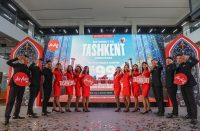
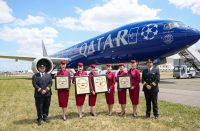
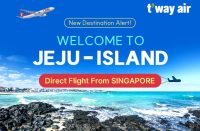
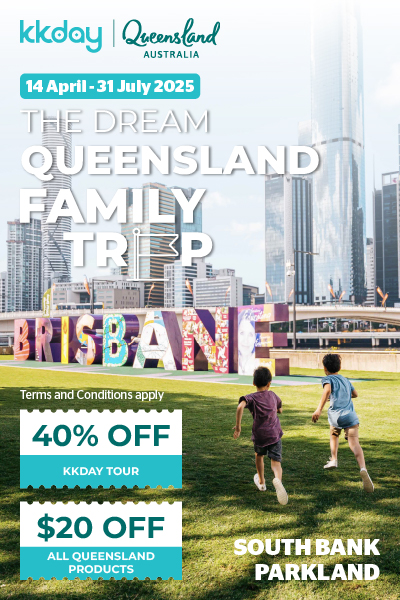
Pingback: AirAsia Launches TO JAPAN WITH LOVE campaign | SUPERADRIANME
Pingback: AirAsiaGo.com - The Only Travel Portal You'll Need! | SUPERADRIANME
Pingback: AirAsia Reintroduces Fuel Surcharge from 3 May 2011 | SUPERADRIANME
Pingback: AirAsia & Expedia 50:50 Joint Venture | SUPERADRIANME
Pingback: AirAsia Sale to Malaysia, Indonesia and Thailand | SUPERADRIANME